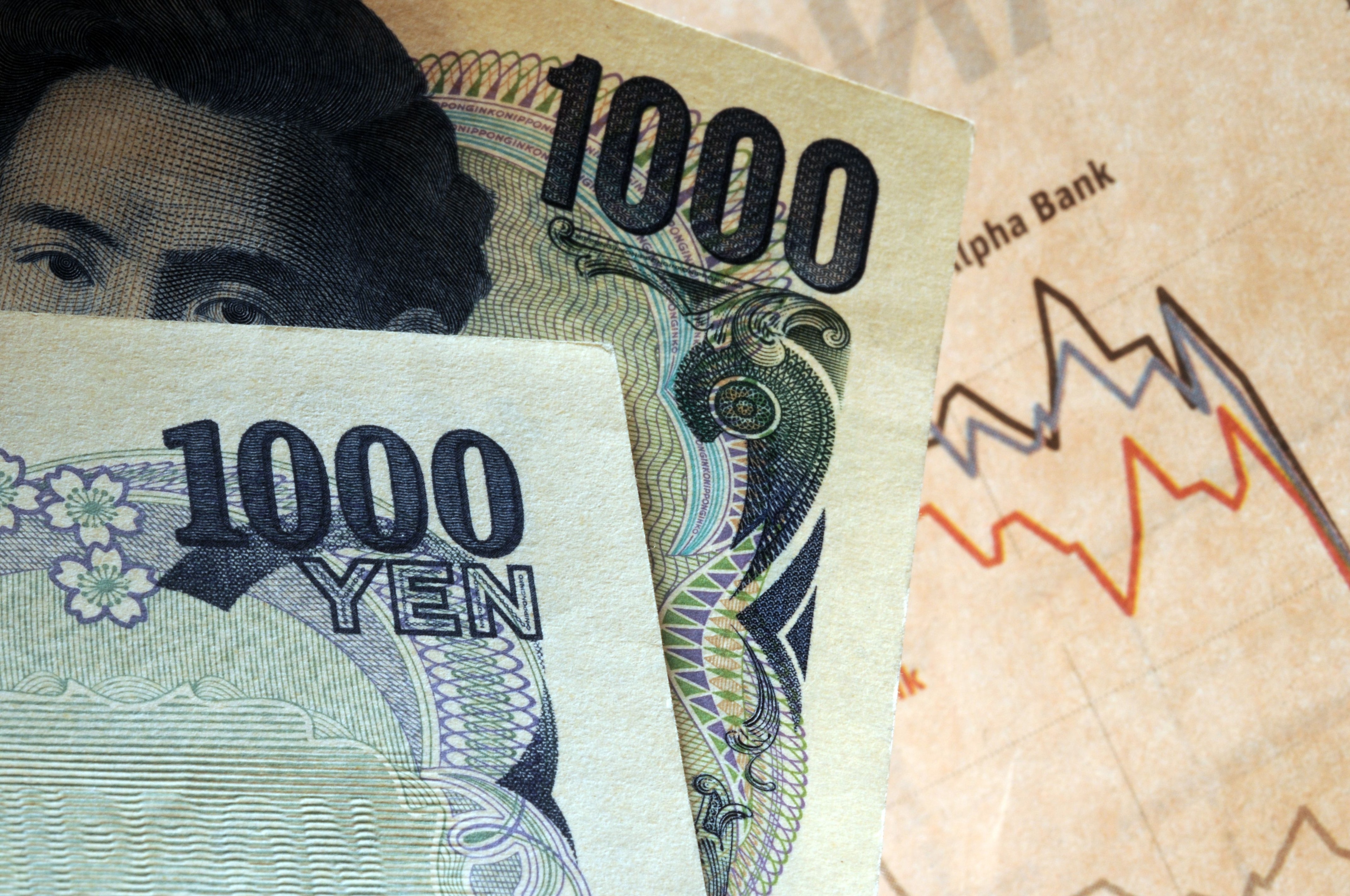Yesterday was another positive session for European markets, although the FTSE 100 underperformed, despite hitting a new four-year high.
US markets returned from their long weekend break with a choppy and somewhat mixed session, with the Dow and S&P 500 struggling, while the Nasdaq 100 finished slightly higher, as various earnings announcements painted a mixed picture of the US economy. Bond yields also chopped between negative and positive territory as yields ended the day little changed.
Asia markets have spent the day still digesting yesterday’s economic numbers from China, as well as today’s Bank of Japan rate decision. The Japanese yen has seen some decent gains over the past few weeks, with those gains accelerating after the Bank of Japan caught markets by surprise last month by widening the band of its yield curve control to between -0.5% and +0.5%, from +/-0.25%. It would appear that with Governor Kuroda set to leave in April, the BoJ wanted to start seeding the ground for a possible shift in the coming months, however as with everything related to monetary policy, markets have already started to front run any possible change.
The 10-year JGB has consistently tested above the upper bound of the 0.5% in the past few days testing the central banks resolve in the process. The central bank has been consistent in maintaining that they aren’t in any rush to make major adjustments to its yield curve control policy yet, however events appear to have overtaken them, as volatility has increased.
The Bank of Japan’s challenge today has been to try and reset market expectations, as well as try to avoid a further rapid appreciation in the yen, in the same way they wanted to manage the declines in their currency over the past few months.
Suffice it to say they appear to have succeeded, pushing back on the recent moves that have pushed the yen higher. This morning the Bank of Japan kept monetary policy unchanged, which wasn’t a surprise, but they also announced they would continue large scale bond buying and be more flexible about duration in order to keep policy settings loose. Yields on JGB’s fell back sharply from the 0.5% upper bound in the wake of the announcement.
Today’s pushback or reset whatever you want to call it, shouldn’t have been too much of a surprise given recent yen moves. Japanese central bank officials have always been particularly sensitive to sharp short term moves in either direction where the yen is concerned in the same way they were about recent yen weakness. The direction of the move is less of a concern rather than the speed of it, and in slowing the yen move lower the BoJ is merely resetting market expectations about future policy change, with the US dollar rising back above 130.00
After the peak of 11.1% in October, headline CPI fell back to 10.7% in November in a welcome sign that we could well be past the peak when it comes to price rises. Recent falls in oil and gas prices are also likely to start to feed into the underlying numbers, while PPI inflation has also been falling in recent months, though given problems with the PPI calculations we haven’t had clear visibility on that in the past couple of months, as the ONS continues to review how that is calculated.
Today’s December inflation numbers are expected to show that inflationary pressures continue to subside, but are only expected to fall modestly to 10.5%, with core prices also still high at 6.2%. We already know that food price inflation is trending in the mid-teens, which means that headline CPI is expected to remain above 10% for a while. It’s also important to remember that RPI is even higher. With average wage growth trending at 6.4% and unemployment still low, the gap between wages and inflation is still quite wide, although it is narrowing from both directions.
This probably means we can expect to see another 50bps rate hike from the Bank of England when it meets in just over two weeks’ time, although any decision is unlikely to be unanimous, given the three-way split last time.
Headline CPI in the EU is also expected to be confirmed at 9.2% in December with core prices at 5.2%.
EUR/USD – has struggled to overcome the 1.0870 area, prompting a fall to 1.0780. Could see a deeper fall towards 1.0720. The key resistance sits at 1.0950 which is a 50% retracement of the move from the 2021 highs to last year’s lows at 0.9536. A move through 1.0950 opens up a move towards 1.1110.
GBP/USD – ran out of steam at 1.2300 yesterday, with the risk that the move above 1.2000 level is running out of steam, despite the decent rebound from the 1.1830/35 area. The next big resistance lies at the 1.2350 area. We need to hold above the 1.2000 area for further gains to unfold.
EUR/GBP – the failure at the 3-month highs at 0.8895 this week has seen a drift back towards last week’s low at 0.8770/80. Below 0.8770/80 retargets the 0.8720 area.
USD/JPY – has recovered off 127.20 area this week, just shy of the 126.50 area which is the 50% retracement of the up move from 101.18 to the highs at 151.95. Has squeezed back above the 130.00 area and could extend back through 132.60 on towards 134.80 without undermining the downward momentum.
Disclaimer: CMC Markets Singapore may provide or make available research analysis or reports prepared or issued by entities within the CMC Markets group of companies, located and regulated under the laws in a foreign jurisdictions, in accordance with regulation 32C of the Financial Advisers Regulations. Where such information is issued or promulgated to a person who is not an accredited investor, expert investor or institutional investor, CMC Markets Singapore accepts legal responsibility for the contents of the analysis or report, to the extent required by law. Recipients of such information who are resident in Singapore may contact CMC Markets Singapore on 1800 559 6000 for any matters arising from or in connection with the information.








